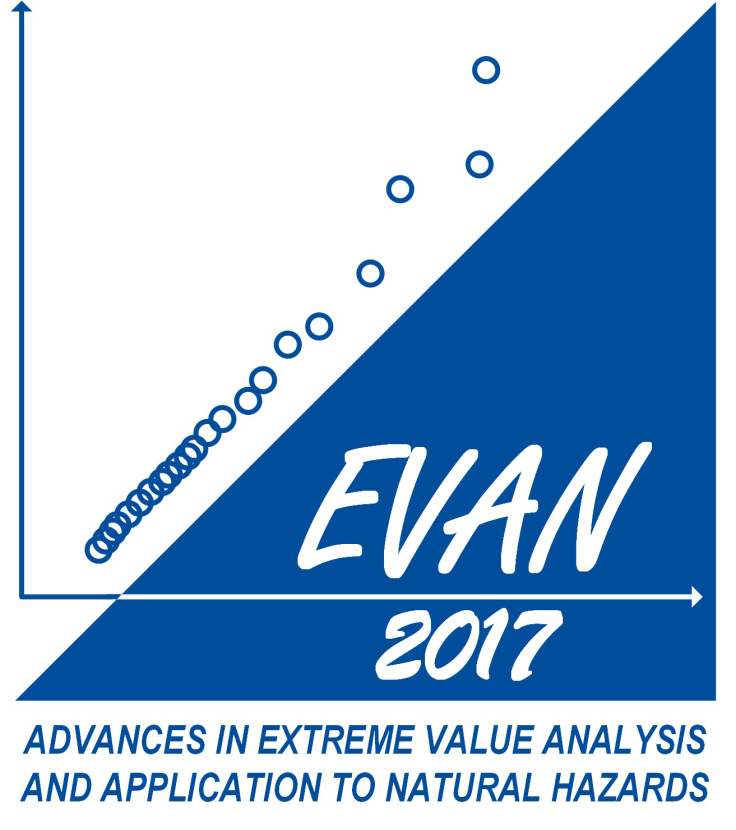Following the success of the first international conference on Extreme Value Analysis and Application to Natural Hazards (EVAN) in Siegen, Germany in 2013 and the second conference in Santander, Spain in 2015, we are pleased to announce the dates of the third conference to take place in Southampton, UK.
The conference will take place from Tuesday 12 to Thursday 14 September 2017 at the National Oceanography Centre in Southampton. The overall aim of the conference is to bring together and promote interchange between a diverse community of research scientists, students, practitioners and stakeholders concerned with the complex and inter-disciplinary topic of analyzing, understanding and predicting natural hazard events. For further information about the conference please see our web-site <https://evan2017.wordpress.com/>.
A practical hackathon will also follow the conference on Friday 15 September that will provide a chance to share and analyse real data to determine new statistical techniques and workflows to better quantify frequency, magnitude and consequence. Get in touch with Mike Clare (m.clare@noc.ac.uk) if you are interested to know more.
To receive updates about the conference please sign up to the newsletter by clicking here<http://eepurl.com/cfcvrP>.








